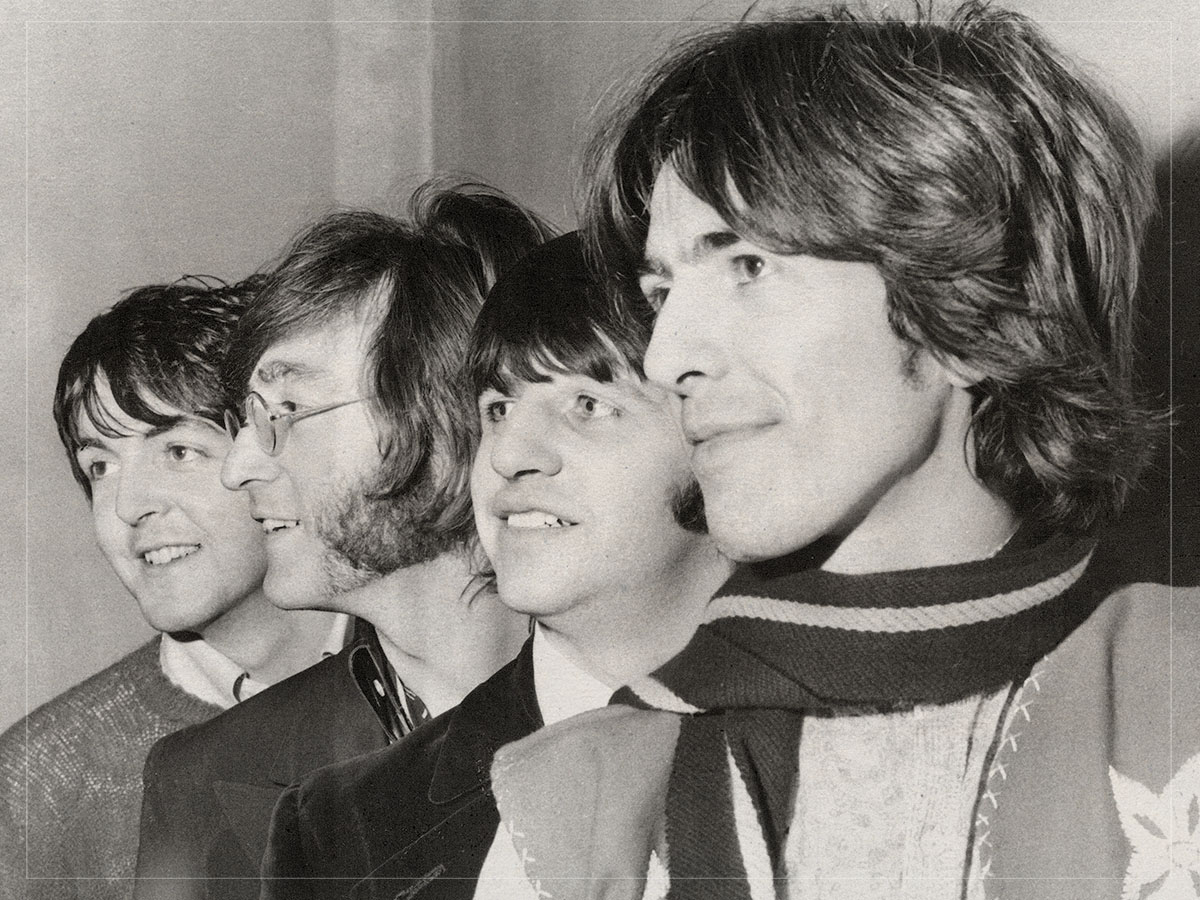
(Credits: Far Out / Associated Press)
Mon 27 October 2025 12:00, UK
The Beatles had a rise to fame that other bands can only sit and envy. Their overnight success was the stuff of legend and left such an impact that people still talk about it to this day.
Of course, the term “overnight success” has always been a bit loose. The British invasion certainly did happen overnight, as E Street Band guitarist Steve Van Zandt can attest. “It transformed America,” he said when discussing the band, “On February 8th, there were no bands in America; on February 9th, we had Ed Sullivan, and on February 10th, everybody had a band in their garage. It was literally overnight.”
While their impact in America might have happened in pretty rapid succession, that doesn’t mean that the band had been sitting on their backside up until that Ed Sullivan performance. In fact, by the time their breakthrough moment on American television came around, the band was halfway through their career, having spent the last six years perfecting their songwriting technique and nailing their live performances following residencies in Hamburg and at the famous Cavern Club in Liverpool.
The moment their plane wheels hit the ground in America was the turning point for the band. That was when they went from being just good to transforming into one of the biggest outfits on the face of the damn planet. This was a great phase for The Beatles, but it was also one of compromise, as the image of them that had been presented to the world had been somewhat crafted.
The band used to grow frustrated with how much they had to change their image and creative approach to confine it within a specific image. John Lennon said that when the band originally came forward, they weren’t their most authentic selves.
“We weren’t as open and as truthful when we didn’t have the power to be,” said Lennon. “We had to take it easy. We had to shorten our hair to leave Liverpool. We had to wear suits to get on TV. We had to compromise.”
The band also had to write a very specific kind of song, which was love songs about unnamed individuals that the world could dance and swoon to. They didn’t necessarily hate this kind of music, but they were more multifaceted than that, and they couldn’t explore their creative range because they had been so pigeonholed. They found spells of freedom wherever possible, and one of these came in the form of relentlessly playing that song ‘Baby’s In Black’ at live shows despite the fact it wasn’t a fan favourite.
The track was a dark number, one that referred to mourning rather than someone just wearing the colour black. Fans were so adverse to the song that the band would have to introduce it as “something different”. “We got more and more free to get into ourselves,” said McCartney when discussing the band’s decision to play the track, “Our student selves rather than ‘we must please the girls and make money’.”
The song was written in 3/4 and really flexed the band’s creative muscles. As soon as they had more creative freedom, they felt the need to include the song, even if it wasn’t their most loved at the time. “I think also John and I wanted to do something bluesy, a bit darker, more grown-up, rather than just straight pop,” McCartney concluded. “It was more ‘Baby’s In Black’ as in mourning. Our favourite colour was black, as well.”
Related Topics
The Far Out Beatles Newsletter
All the latest stories about The Beatles from the independent voice of culture.
Straight to your inbox.

